Zero Waste Blog
8 Tips To Reduce Food Waste and Amazing Zero Waste Recipes
More than 30 percent of the U.S. food supply ends up to waste, according to Department of Agriculture. The bulk of American food waste – 80 percent – happens at the consumer level, according to “A Roadmap for Reducing Food Waste by 20 Percent,” a ReFED’s report. And according to the latest figures from WRAP, by weight, household food waste makes up around 70% of the UK post-farm-gate total. It doesn’t have to be that way. Those food scraps can easily become a potent natural fertilizer called compost, and for home cooks who embrace zero-waste cooking, reduce food waste can be transformed food scraps and ugly produce into beautiful meals.
You don’t have to be an activist to prevent waste. There are a few things you can do to reduce food waste you create at home.
Table of Contents
8 Tips To Reduce Food Waste and Best Zero Waste Recipes
Use what you have
Cook what you have in the refrigerator-you’re gonna eat seasonal, you’re gonna save money, and you’re not gonna waste anything. Using what you already have at home, rather than buying something new at the store, is one of the best ways to reduce food waste at home.
Reuse Food Containers
A lot of people use plastic, lidded containers for meal prep during the week. They’re not great for freezing, since they’re not typically made with an exceptionally high quality plastic. In the same token, I wouldn’t recommend microwaving them either.
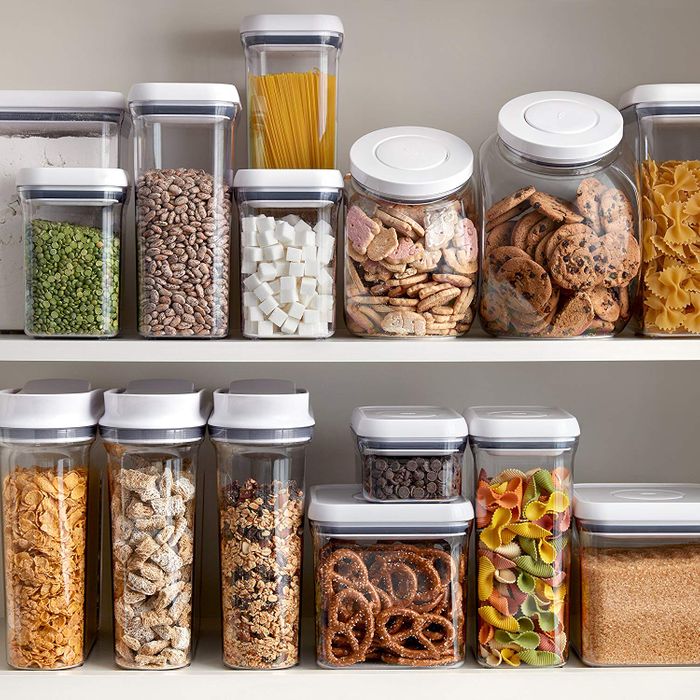
You can’t re-use the majority of store-bought glass jars for canning because the glass is not stable, and the lids are not safe for processing. However, they are perfect for storing dried goods, like nuts and dried fruits and vegetables! Use alternatives to disposable food storage methods. Reusable containers are great for leftovers or items that you’ve cut up for meal prep.
And you don’t have to have a specific use in mind for a container.
Shop with a Plan
How many times have you been enticed by a bright, fragrant fruit or vegetable and ended up tossing it because you could never figure out what to do with it?

Plan your meals, make a list and take it with you to the grocery store or market. Instead of pressuring myself to do a whole week at a time, you can plan for 3 or 4 days worth of meals and work from there. That way you will have a guide for what you want to cook, and can you get the ingredients in advance, reduce food waste easily.
If you’d like to leave some room for what’s locally available, you can make a skeletal menu plan that allows for variation, for example ‘hummus with vegetable of choice’ or ‘salmon patties with whatever dark leafy greens look the freshest’.
Storing Food Properly
This is an essential step to reduce food waste at home. A simple rule of thumb is that the colder you store food, the longer it will keep. Your fridge temperature should be at 5 °C or below. The freezer temperature should be below -15 °C. Use a thermometer to check the temperature in your fridge. Items that have begun to spoil are safe to eat if they have been stored properly.
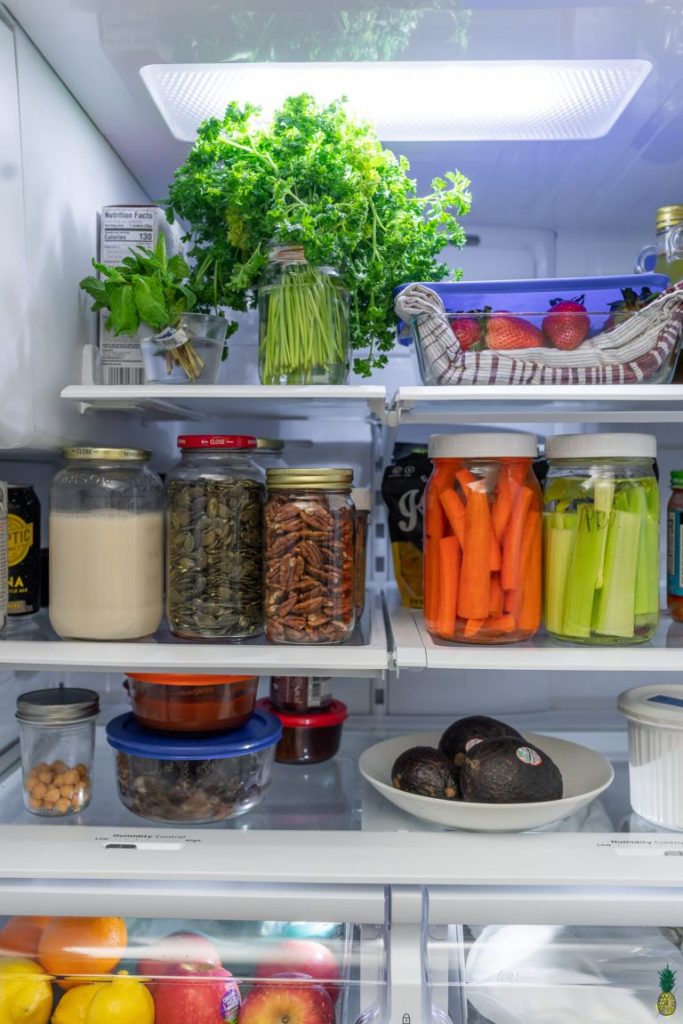
- Get meat and fish into the refrigerator as fast as possible. Eggs and dairy products also need to be refrigerated. The colder the spot, the longer they keep.
- Storing fruits and vegetables in plastic containers may seem like overkill, but it actually extends their life quite a bit. The vegetable drawer is an ideal place to keep them.
- Fruit and berries can be frozen, but fruit must be cut into smaller pieces first.
- Potatoes should be kept in a dark place, handle them gingerly and protect them from being bumped against.
- Bread, flour, pasta, rice, sugar, grains and other dry goods does best at room temperature, not in the refrigerator.
- Jam, ketchup, salsa, bouillon, pesto and other condiments are usually fine at room temperature as long as the containers are unopened.
- Tinned goods has been open, refrigerate its contents. In the fridge it will keep as long as other leftovers.
- Store oil at room temperature if you like but put it in a dark place to prevent rancidity. It will keep even longer in a cool spot.
- Nuts last longer in the refrigerator, tight containers and the dark.
Use every part
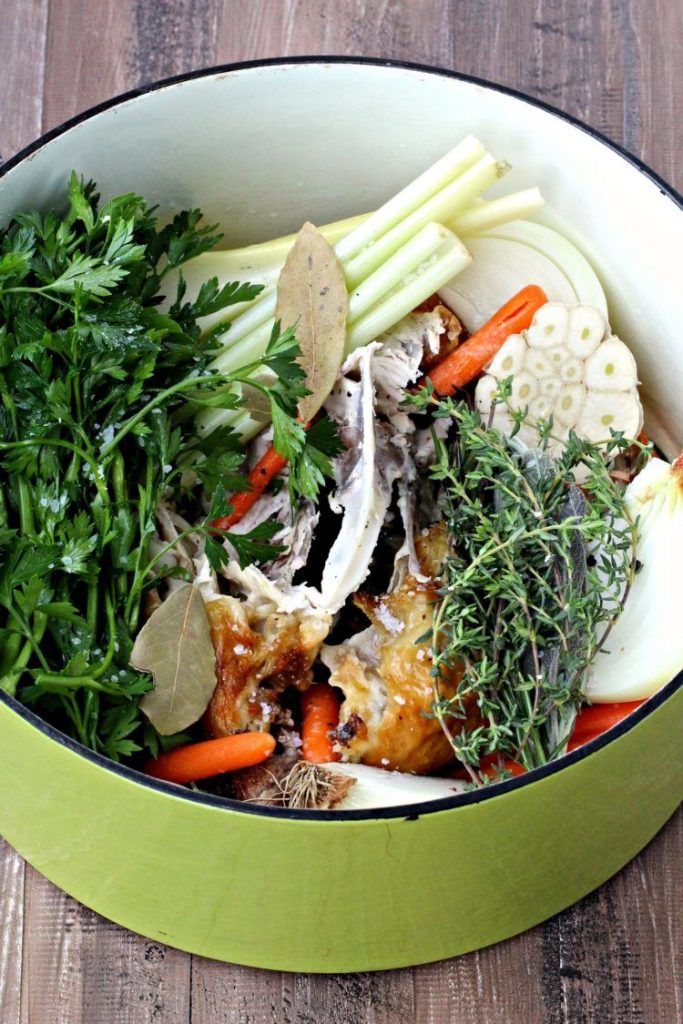
Thanksgiving turkey.
Did you know that every part of the animal be used, including the chicken carcass to make stock. Buying a whole chicken or lobster allows you to practice whole-animal cooking. When it comes to chicken, you can use cut up, leftover pieces and stock from the carcass in chicken and autumn vegetable pies. You can save bones from a previous chicken carcass in the freezer to make chicken stock later. With a lobster, a main dish is recommended to lobster tail, an appetizer of tortellini or ravioli, and a bisque made of lobster shell. This goes for vegetables as well: the bushy, green carrot tops are great for salads and soups.
Vacuum seal it
One of the best things to reduce food waste from kitchen was to invest in a vacuum sealer. You can preserve food in jars, canisters, or bags with it. Since I started dividing and sealing meat for the freezer, I haven’t had to worry about freezer burn and wasted food.
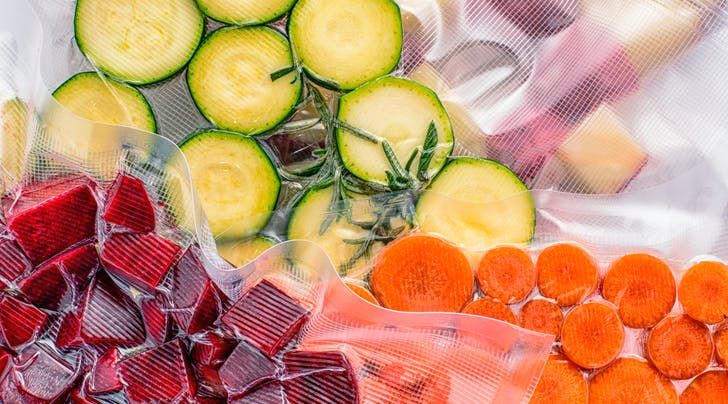
There are even containers that help keep your produce fresh for longer, and you can use canisters that you vacuum seal to keep the coffee beans fresh. Vacuum sealer even to be used to seal jars of fresh nut butters so they don’t spoil and don’t have to be stored in the fridge, which helps them retain their creamy texture.
Be careful of buying in bulk
While there are benefits linked to buying in bulk, it also has some disadvantages. When buying in bulk you need to be careful about certain things to reduce food waste. Firstly, you should avoid buying perishable items in bulk as they bear the risk of spoilage. Secondly, you need to consider the storage space availability with you before you buy in bulk. So you should examine and check the storage space with you before buying any item in bulk. Of course, there are certain times of the year when you’ll want to take advantage of an abundance of produce, so make a plan to ensure you can enjoy your bounty without excess waste.
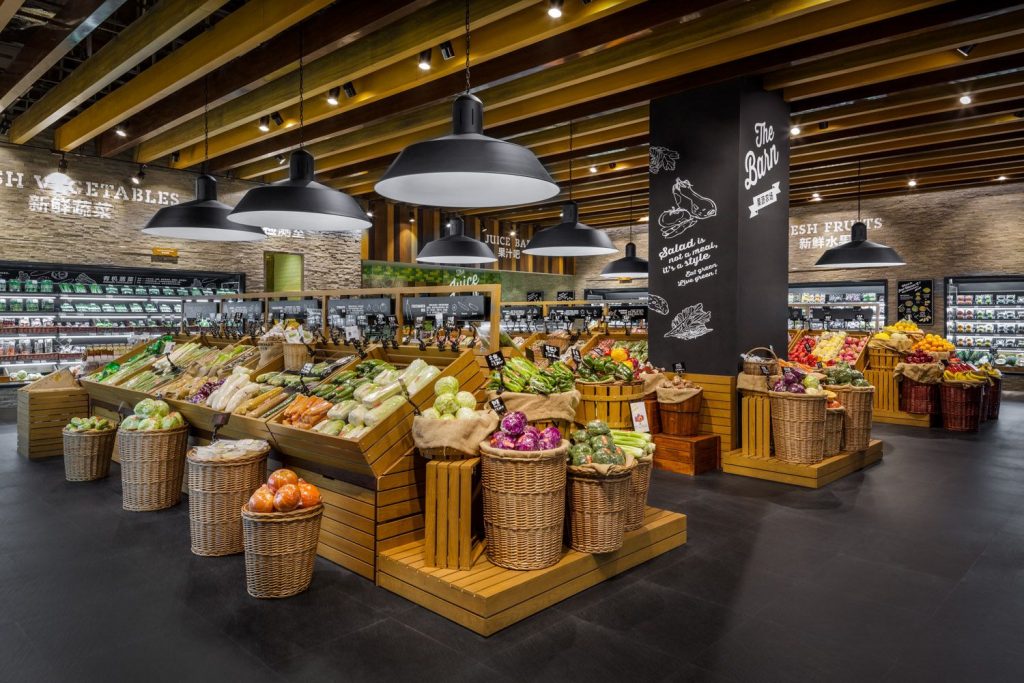
Don’t toss the greens and embrace ugly
A lot of veggies have edible greens, so do a bit of research before you chop ’em off and throw ’em out. And when in doubt, sautéeing with lots of garlic and a pinch of red pepper flakes is always a good call. Incorporate them into your cooking instead. Since they can be bitter, you may not want to eat them raw – but they work wonderfully when cooked, or when paired with acidity, salt and a pinch of sweetness in a pesto recipe.
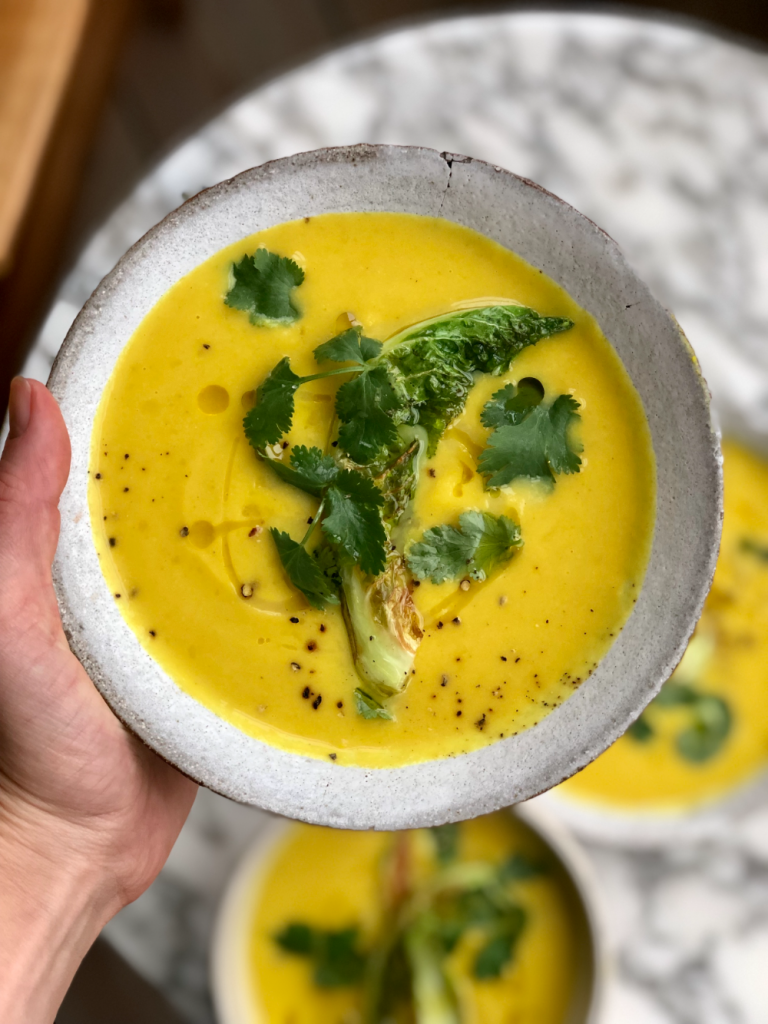
There’s no need to throw food away just because it’s misshapen, wilted, nibbled by bugs, or bruised. Simply find another use for it. Sauté wilted salad greens or put them in a soup. A bruised peach is delicious in a cobbler. When you find a way to use ugly or damaged produce you would otherwise throw away, you can reduce food waste and lower your carbon footprint.
Reducing food waste may seem overwhelming or challenging at first, but remember that every single effort counts. So there you have it. I’m sure there are plenty more ways that you can reduce food waste in your kitchen, but these are some of the methods that I often use in my own home. Gradual changes can really add up to make a big difference!
Source: Internet.

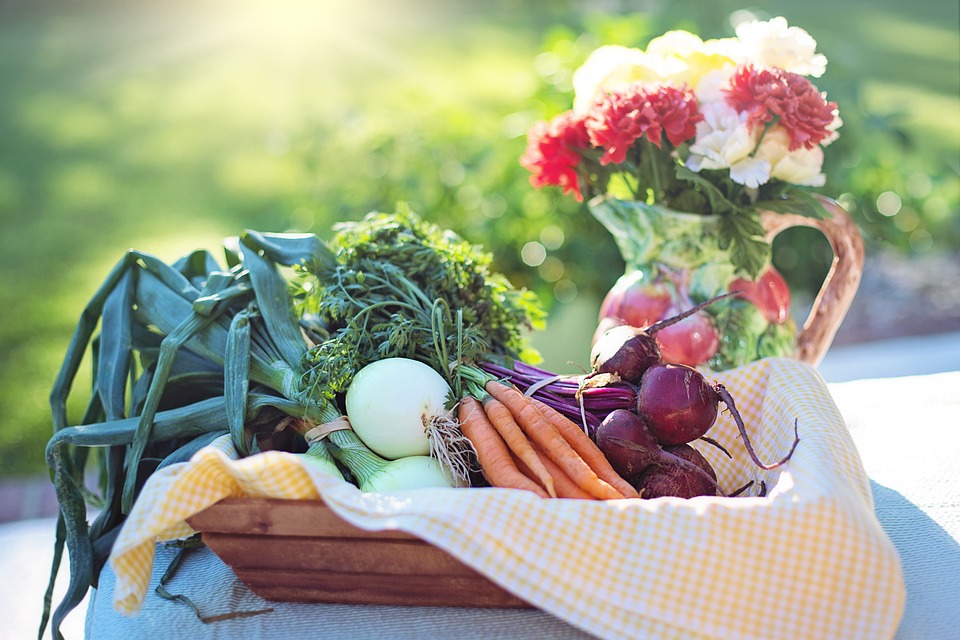
If you ve been following me for long, you know that I love to cook, but I hate recipes. I ll make a recipe every now and then to help my fellow food lovers, but when it comes down to it, I prefer to share methods like this one.